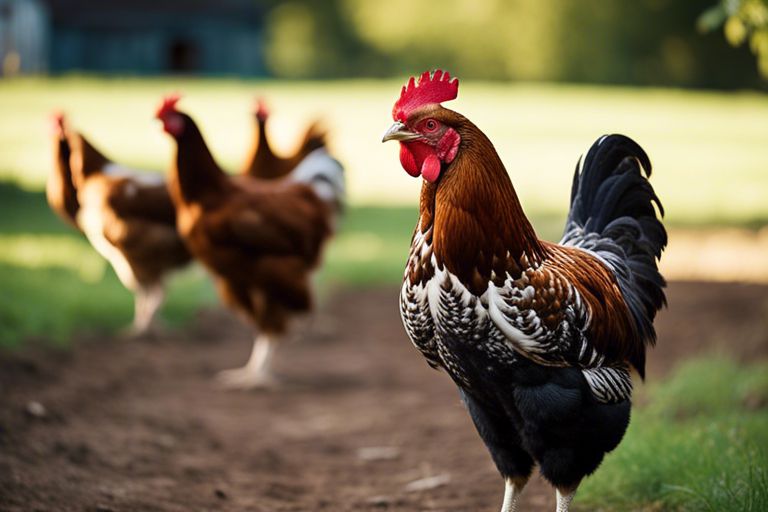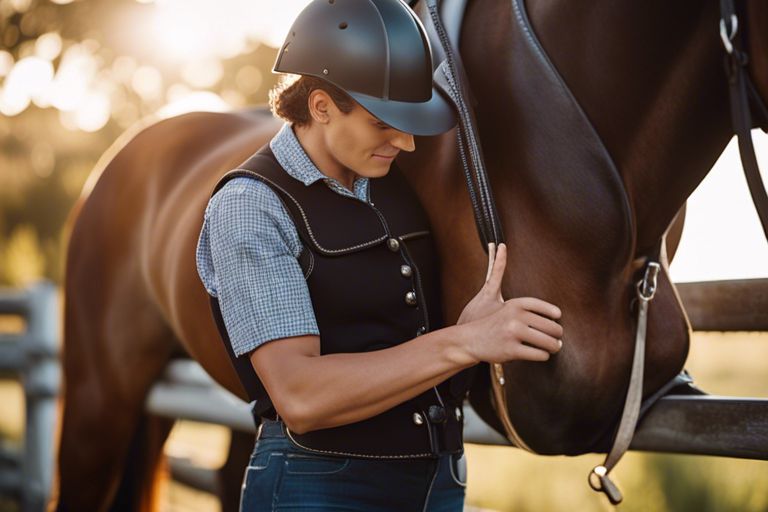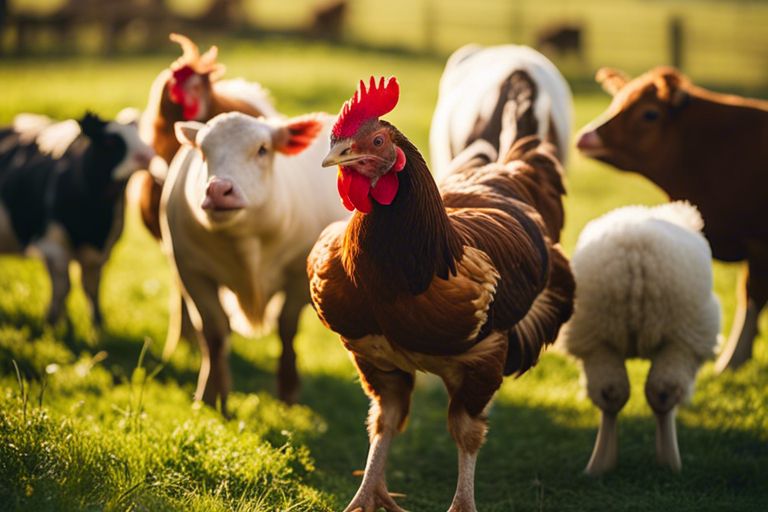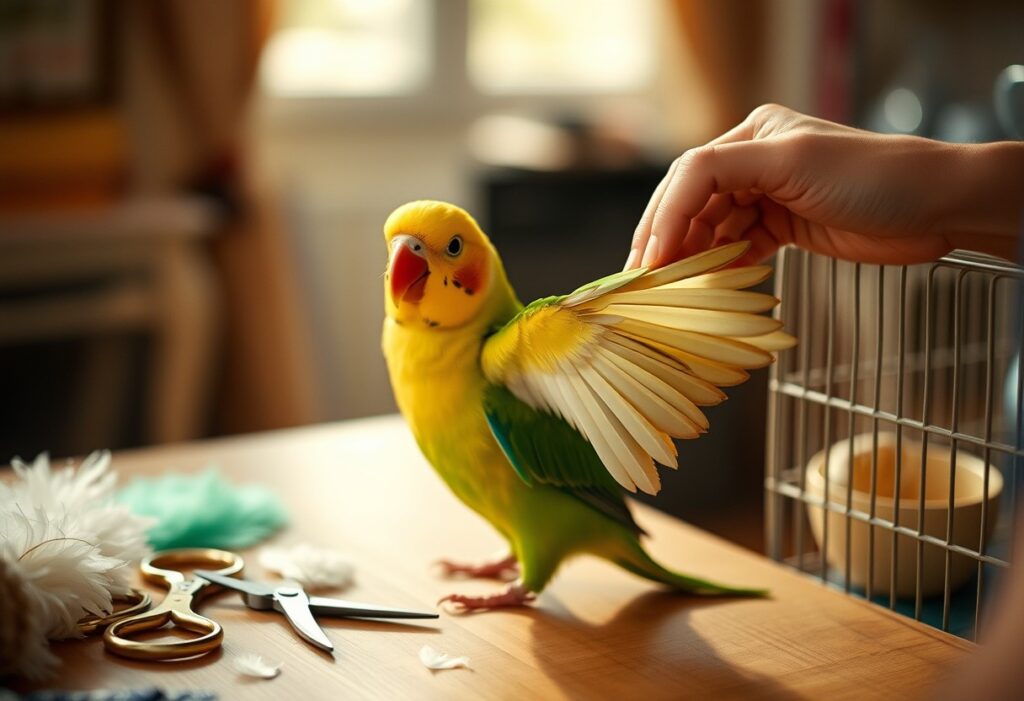Discover the fascinating world of unique horse grooming styles and how they reflect the cultural diversity across different regions. In this informative piece, you will investigate into the intriguing practices of horse grooming from around the globe and learn about the rich cultural significance attached to each style. Whether it’s braiding, clipping, or intricate patterns, each grooming technique carries a special meaning that resonates deeply within its community. So saddle up, as we take you on a journey through the artistry and heritage of horse grooming.


Historical Roots of Horse Grooming
Ancient Civilizations and Horse Grooming Practices
For thousands of years, horses have played a crucial role in various ancient civilizations around the world. These majestic animals were not only valued for their strength and speed but also for their symbolic significance. In cultures such as ancient Egypt, Greece, Rome, and China, horse grooming was a meticulous process that involved elaborate rituals to maintain the horse’s appearance.
Influence of Horse Breeds on Grooming Styles
Grooming styles have been deeply influenced by the unique characteristics of different horse breeds. From the majestic Friesian with its long flowing mane to the sturdy Shire horse with its feathered legs, each breed has contributed to shaping grooming techniques and trends. The Arabian horse, known for its grace and endurance, has inspired grooming styles that highlight its sleek coat and delicate features.
It’s fascinating to see how the physical attributes of a horse can inspire grooming practices that not only enhance their appearance but also reflect the cultural significance associated with each breed.
Cultural Significance of Horse Grooming
Some cultures around the world have deeply ingrained traditions when it comes to horse grooming, with each style reflecting a unique cultural significance.
Symbolism and Status in Different Cultures
Any society, past or present, often uses horse grooming as a way to symbolize status and power. For example, in ancient China, elaborate grooming styles were reserved for the horses of royalty and high-ranking officials, showcasing their wealth and importance. Similarly, in certain Native American tribes, specific grooming practices were symbols of bravery and honor, denoting a warrior’s prowess in battle. These cultural distinctions in horse grooming not only signified social status but also served as a form of visual communication within the community.
Spiritual and Mystical Associations with Horses
Any spiritual and mystical beliefs have also influenced horse grooming practices in various cultures. In some societies, horses are seen as sacred animals with a deep connection to the spiritual realm. The grooming rituals performed on these animals are believed to not only enhance their physical appearance but also **strengthen their spiritual powers**. This spiritual significance extends to the grooming tools and products used, with **certain herbs and oils** thought to possess magical properties that can protect the horse and its rider from harm.
Cultural beliefs surrounding horses and their grooming rituals are diverse and rich in symbolism. Whether it’s for status display or spiritual protection, the grooming styles reflect the **deep-rooted traditions and values** of each culture. Understanding the cultural significance of horse grooming allows us to appreciate the **historical and spiritual connections** that humans have shared with these majestic animals throughout the ages.

Unique Grooming Styles Around the World
Many cultures around the world have unique horse grooming styles that are not only visually stunning but also hold significant cultural importance. Let’s explore a few of these distinctive grooming traditions.
African Tribal Grooming Traditions
Traditions in African tribal communities often involve elaborate grooming rituals that reflect the deep connection between horses and the people who care for them. These grooming practices are not only about keeping the horses clean and well-maintained but also serve as a form of reverence for these majestic animals. Intricate braiding patterns and vibrant beadwork are often incorporated into the horse’s mane and tail, symbolizing different aspects of tribal identity and heritage. The grooming process in these communities is a deeply spiritual and meaningful experience that strengthens the bond between the horse and its caretaker.
Asian-Inspired Grooming Techniques
AsianInspired grooming techniques draw inspiration from traditional Asian art forms such as origami and brush painting. These techniques prioritize precision and delicacy, with groomers meticulously trimming and shaping the horse’s mane and tail to create intricate designs. The use of floral patterns and intricate knots is common in Asian grooming styles, reflecting the beauty and grace associated with these cultures.
Around the world, you can find horse grooming competitions where these unique Asian-inspired techniques are showcased, mesmerizing audiences with their elegance and artistry.
European Equestrian Grooming Methods
One of the most well-known grooming styles globally is the European equestrian grooming methods. European equestrian traditions focus on meticulous grooming practices that not only keep the horse’s coat healthy and shiny but also serve to promote bonding and trust between the horse and its rider. Elaborate braiding techniques, intricate clipping patterns, and polished leather tack are all hallmarks of European equestrian grooming.
For instance, competitions such as dressage and show jumping often require horses to be groomed to perfection, showcasing the dedication and skill of the rider in maintaining the horse’s appearance. The meticulous attention to detail in European equestrian grooming methods reflects the high standards and traditions associated with horse care in these cultures.
The Art of Braiding and Plaiting
Keep in mind that horse braiding and plaiting have a rich history that dates back centuries, with various cultures developing unique styles and techniques to showcase their artistry. From practical purposes like keeping the mane tidy to cultural significance in ceremonies and competitions, braiding and plaiting have become an crucial part of horse grooming traditions.
History of Horse Braiding and Plaiting
Braiding and plaiting have been integral to horse care for generations, with evidence dating back to ancient civilizations using intricate designs to denote status and belonging. In medieval times, braiding served practical purposes to prevent tangles in warhorses’ manes during battle. Over time, braiding evolved into an art form, with different regions developing unique styles that reflected their cultural heritage.
Techniques and Patterns Used in Different Cultures
Any horse enthusiast knows that braiding and plaiting techniques vary from culture to culture, each with its significance and patterns. For example, traditional French braiding involves intricate designs that are worked into the mane, while Native American tribes use braiding to signify a horse’s connection to its rider and the natural world.
The techniques and patterns used in horse braiding and plaiting not only reflect the cultural heritage of a particular region but also serve practical purposes. Intricate braiding styles can help in keeping the mane neat and tidy, preventing tangles and matted hair. Additionally, certain patterns may be reserved for special occasions or ceremonies, adding a touch of elegance and symbolism to the horse’s appearance.

Horse Grooming as a Form of Expression
All around the world, horse grooming is not just about keeping your horse clean and healthy—it’s a form of self-expression.
Personal Style and Identity Through Grooming
Your grooming routine reflects your personal style and identity. Whether you prefer a sleek and polished look or intricate braids and designs, how you groom your horse says a lot about you. It’s a way to showcase your creativity and attention to detail.
Horse Grooming as a Form of Artistic Expression
Grooming your horse can be a highly artistic endeavor. From intricate mane braiding to colorful coat patterns, some cultures view grooming as a true art form. It allows you to showcase your skills and creativity, turning your horse into a living canvas. Some cultures even have competitions dedicated to showcasing these artistic grooming styles.
This artistic form of grooming goes beyond just appearances—it deepens the bond between you and your horse. By spending time grooming and beautifying your horse, you are also strengthening your relationship and trust. It’s a way to connect with your horse on a deeper level, creating a sense of pride and accomplishment in the process. So next time you groom your horse, remember that it’s not just about looks—it’s a form of artistic expression that speaks volumes about your bond with your equine companion.
The Role of Horse Grooming in Modern Times
Competitive Horse Grooming and Shows
Role horses play a significant role in the competitive world of horse grooming and shows. Competitive grooming has become an art form where groomers showcase their skills and creativity in enhancing a horse’s appearance. Whether it’s braiding intricate designs into the mane and tail or meticulously trimming the coat to perfection, competitive grooming pushes the boundaries of grooming techniques. These events not only highlight the bond between the horse and the groomer but also showcase the dedication and passion individuals have for their equine companions.
Therapeutic Benefits of Horse Grooming
On a more therapeutic level, horse grooming provides numerous benefits for both the horse and the individual grooming them. Not only does grooming help in establishing a bond of trust and respect between you and your horse, but it also allows you to connect with the animal on a deeper level. The rhythmic motions of brushing and grooming can be calming and relaxing, reducing stress and anxiety for both you and your horse.
It’s also worth mentioning that horse grooming can serve as a form of therapy for individuals with mental health issues or disabilities. The act of grooming a horse can instill a sense of confidence and accomplishment, boosting self-esteem and overall well-being. The bond formed through grooming can be transformative and healing for both the horse and the groomer.
Final Words
Upon reflecting on the various unique horse grooming styles and their cultural significance, you have gained a deeper understanding of the diverse practices that exist around the world. It is fascinating to learn how different cultures prioritize and express their love and respect for horses through grooming traditions that have been passed down through generations.
As you continue to explore the world of horses and their caretakers, remember to appreciate the beauty and significance of these grooming styles that not only enhance the horse’s appearance but also serve as a reflection of the values and traditions of the people who practice them. By learning about and respecting these cultural nuances, you are contributing to the preservation and celebration of our global equestrian heritage.
FAQ
Q: What are some unique horse grooming styles?
A: Some unique horse grooming styles include braiding intricate patterns into the mane and tail, using colorful ribbons, and applying glitter or temporary colors to the coat.
Q: What is the cultural significance of horse grooming?
A: Horse grooming has been a tradition in many cultures to showcase the owner’s wealth, status, and horsemanship skills. It is also a way to honor the horse and demonstrate care and respect for the animal.
Q: Are there any specific grooming styles associated with certain cultures?
A: Yes, for example, in Native American culture, braiding feathers into the horse’s mane is a symbol of strength and freedom. In Japanese culture, intricate mane and tail designs are created for festivals and ceremonies.
Q: How can horse grooming styles be a form of artistic expression?
A: Horse grooming allows for creativity and self-expression through various techniques such as braiding, clipping, and decorating. It can be a way for individuals to showcase their unique style and personal flair.
Q: Are there any competitions or events dedicated to showcasing horse grooming styles?
A: Yes, there are competitions like horse grooming contests and breed shows where participants display their grooming skills and creativity. These events celebrate the artistry and cultural significance of horse grooming.










